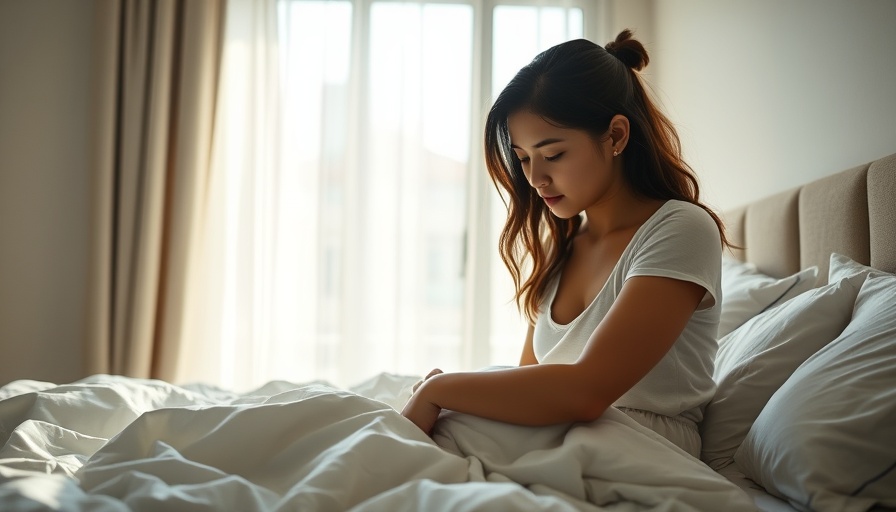
Why Making Your Bed Right Away Might Not Be Ideal
For many, making the bed is a daily ritual that signifies the start of a productive day. However, scientific insights suggest that waiting a bit before making your bed might be healthier than previously thought. This practice may enhance the longevity of your bedding and contribute positively to your overall indoor environment.
The Science Behind Airing Out Your Bedding
Throughout the night, our bodies generate heat and moisture, creating a warm, damp microclimate under the covers. According to cleaning experts, immediately covering your sheets after waking can trap this moisture, promoting the growth of allergens like dust mites and bacteria.
Carolyn Forté, executive director of the Good Housekeeping Institute’s Home Care & Cleaning Lab, emphasizes the importance of allowing your bedding to cool down and dry out. “Dampness on sheets can be problematic because it creates a breeding ground for germs,” she explains. By allowing your bedding to air out for about 30 to 60 minutes before making your bed, you create a cleaner and healthier sleeping environment.
Timing Is Key: How Long Should You Wait?
For those who find it hard to leave their bed unmade, there’s good news. You don’t have to overhaul your morning routine completely. Simply peel back the covers and fluff your pillows while you enjoy your morning coffee. By the time you’re ready to tackle your day, your bed will be well on its way to drying out. This small adjustment can significantly mitigate moisture-related issues while still fostering the habit of bed-making.
Beyond Making Your Bed: Mattress Maintenance Tips
Even if you do everything right while making your bed, your mattress needs regular attention to stay clean and fresh. Beyond airing out your bedding, consider utilizing protective layers such as mattress pads and waterproof pillow liners, which can help combat moisture buildup. These layers not only protect against spills and stains but can also extend the lifespan of your mattress.
Regular maintenance is crucial. Vacuuming your mattress with an upholstery tool can effectively eliminate accumulated dust. Additionally, using a garment steamer can help eliminate harmful dust mites that often reside in our bedding.
The Emotional Aspect: A Clean Bed and Mental Health
While the practical benefits of making your bed might be clear, the psychological implications are profound. A well-made bed can foster a sense of control and accomplishment, which can dramatically impact your day. However, understanding that a perfect morning is about balance helps alleviate stress, especially when considering the potential health benefits of allowing your bedding to breathe.
Actions You Can Take Today for a Healthier Bedding Routine
Adopting these insights does not require a significant lifestyle change. Start small by allowing your bed to air out each morning. Combine this with protective bedding solutions and vacuuming routines to establish a healthier sleep environment. Rather than feeling pressured to make your bed immediately, enjoy the space for a bit before transforming it into a neatly arranged ensemble.
Conclusion: Rethink Your Morning Ritual
Understanding the nuances behind making your bed can lead to better health and hygiene practices in your home. Allowing your bedding to air out can decrease allergens and germs, improving your sleep quality in the long run. So next time you hop out of bed, consider hitting the snooze button not just on your alarm but on a little extra time that can positively affect your health.
 Add Row
Add Row  Add
Add 




Write A Comment